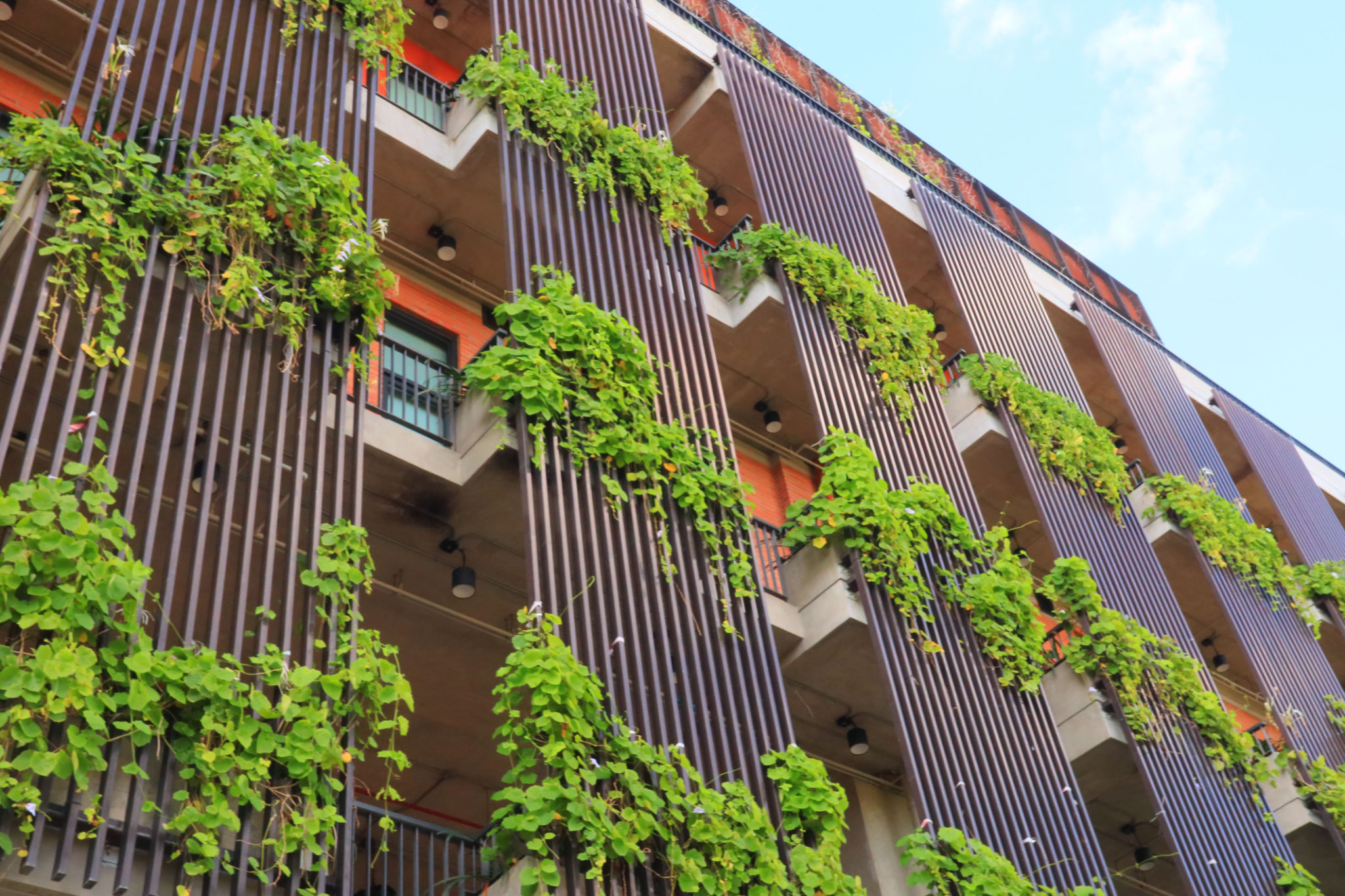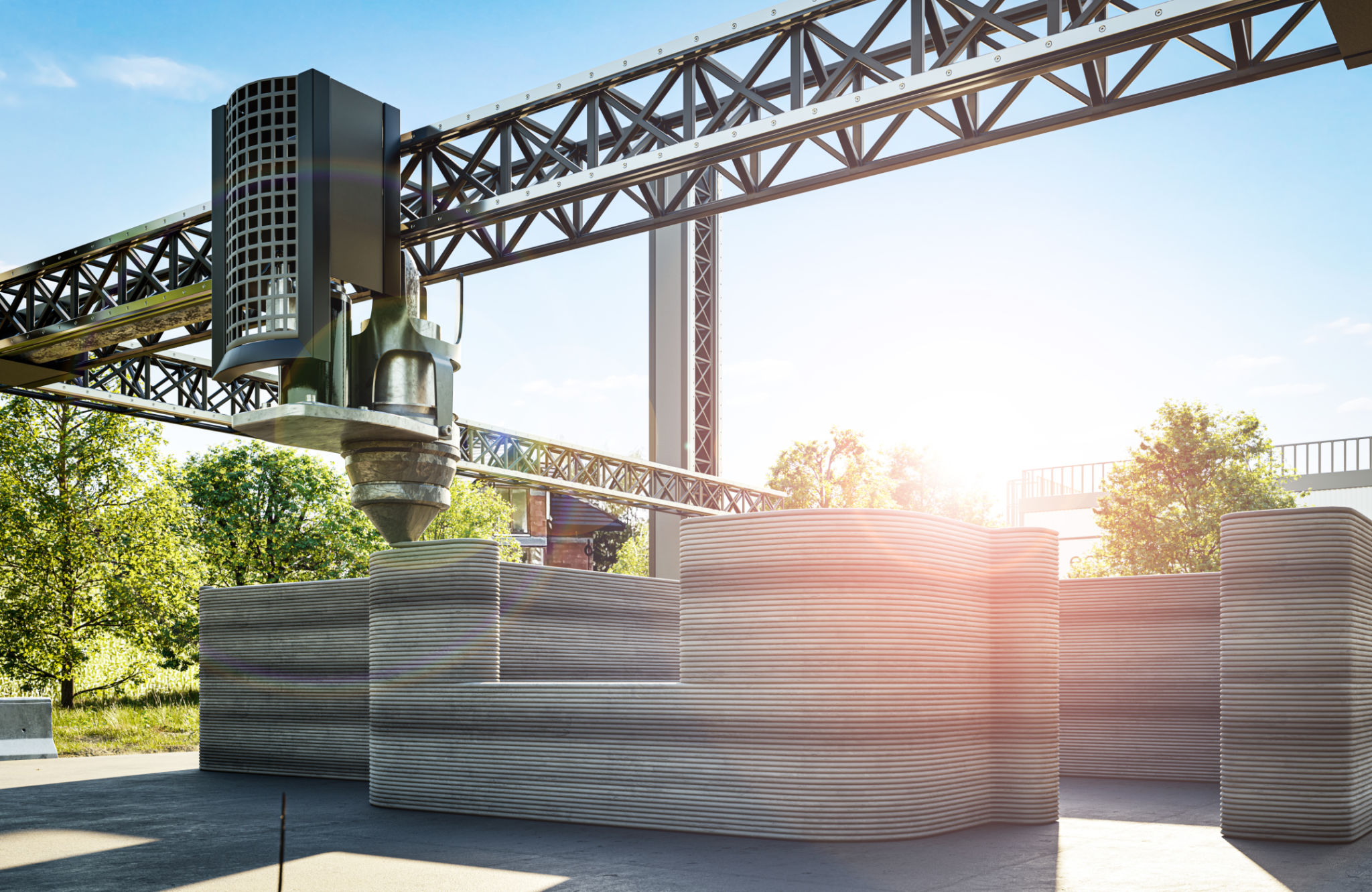The Future of Construction: Innovative Trends and Technologies Shaping the Industry
Revolutionizing Construction: Embracing Modern Innovations
As we move further into the 21st century, the construction industry is experiencing a paradigm shift driven by cutting-edge technologies and innovative trends. These advancements are not only enhancing productivity but also ensuring sustainability and cost-effectiveness in construction practices. Understanding these transformative changes is crucial for industry stakeholders aiming to stay competitive.

Building Information Modeling (BIM)
One of the most significant advancements in the construction sector is the adoption of Building Information Modeling (BIM). BIM is a digital representation of the physical and functional characteristics of a facility. It allows architects, engineers, and construction professionals to collaboratively plan, design, and manage building projects more efficiently.
By utilizing BIM, stakeholders can visualize the entire project lifecycle, identify potential issues before they arise, and streamline communication among all parties involved. This leads to reduced project costs and timelines, making BIM an invaluable tool for modern construction projects.
Rise of Sustainable Construction Practices
The push towards sustainability is reshaping how construction projects are conceived and executed. Green building practices focus on reducing the environmental impact of construction activities through energy-efficient designs and the use of sustainable materials. Certifications like LEED (Leadership in Energy and Environmental Design) have become benchmarks for eco-friendly construction.

Incorporating sustainable practices not only benefits the environment but also enhances building performance and occupant health. As governments and consumers increasingly prioritize sustainability, adopting green construction methods is no longer optional but imperative for long-term success.
3D Printing in Construction
3D printing is revolutionizing the construction industry by enabling the creation of complex structures with unprecedented precision and speed. This technology allows for on-site fabrication of building components, reducing waste and labor costs significantly. For example, entire homes can now be 3D printed in a matter of days, opening up new possibilities for affordable housing solutions.
The scalability and versatility of 3D printing make it a promising solution for addressing housing shortages and providing rapid disaster relief. As the technology matures, we can expect to see even more innovative applications in the construction sector.

The Impact of Artificial Intelligence and Robotics
Artificial Intelligence (AI) and robotics are playing an increasingly important role in automating construction tasks that were once labor-intensive and time-consuming. AI-powered analytics can predict project outcomes and optimize resource allocation, leading to smarter decision-making processes.
Robotics, on the other hand, are being used for tasks such as bricklaying, welding, and painting, ensuring precision and safety while reducing human error. These technologies are not only enhancing efficiency but also addressing labor shortages in the industry.
The Future: A Smart Construction Ecosystem
As these technologies continue to evolve, the future of construction will likely be characterized by a smart ecosystem where interconnected devices communicate seamlessly to optimize project execution. The integration of Internet of Things (IoT) devices will enable real-time monitoring of construction sites, enhancing safety and efficiency.

In conclusion, the construction industry is on the brink of a technological revolution. By embracing innovative trends such as BIM, sustainable practices, 3D printing, AI, and robotics, stakeholders can ensure they are well-equipped to meet the challenges and opportunities of tomorrow's construction landscape. Those who adapt to these changes will not only thrive but also lead the way in this new era of construction excellence.
